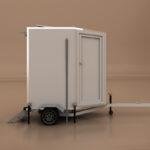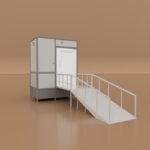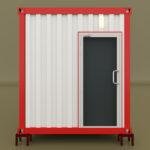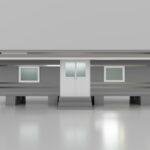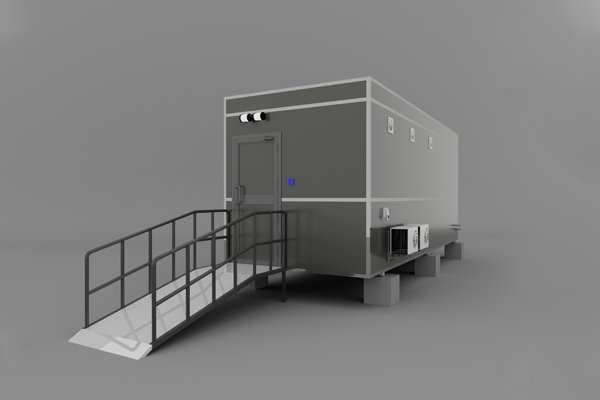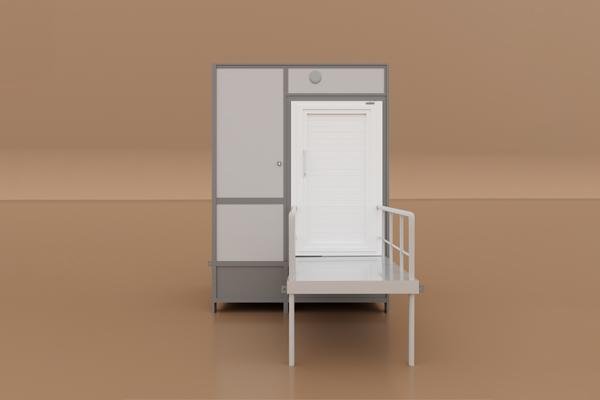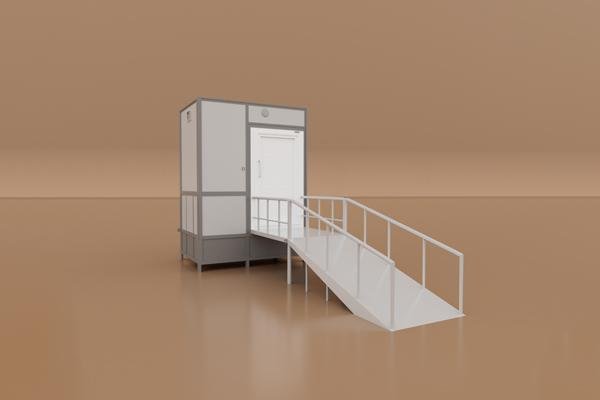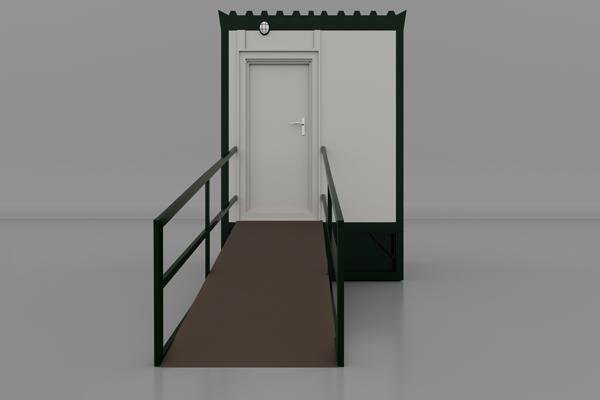Ecoplanet offers the best quality innovative Disabled Toilets. We provide Portable Toilets with Ramp that consists of additional measures to add accessibility such as grab bars to ease transfer to and from the toilet seat and room for a caregiver if necessary. Some countries have special requirements concerning the Handicapped Toilets as well as the accessibility of public toilets. We bring you an affordable range of Toilets for Special Needs at budget-friendly prices.
Public toilets often present accessibility challenges for people with disabilities or special needs. For instance, stalls that do not fit a wheelchair possess the challenge of transferring the disabled between the wheelchair and the toilet seat. Toilets for Special Needs are designed to address these issues by providing bars for users to grab and hold during transfers, more space, and space for an assistant if necessary. Accessible or Disabled Toilets are an absolute necessity for many people living with a disability. Ecoplanet comes up with adequate design features that allow individuals with a range of (physical) disabilities as well as the wheelchair users to use the toilet as safely and independently as possible.
Who needs Handicapped or Disabled Toilets?
- Individuals with mobility impairments
- People who need to use the facilities
- Wheelchair users
- Individuals with a range of invisible disabilities
- People with bowel and/or bladder conditions
- People with balance issues
- Individuals with grip issues, or other conditions that make support rails useful
- … and more
We offer a wide variety of Toilets for Special Needs. Our team aims at helping people with physical conditions such as impaired balance, dexterity and grip, or other conditions. Handicapped Toilets designed with extra fittings and space allow for independent use by wheelchair users.




